Rock Hardness & Drilling

A survey of the technical literature concerned with oil well drilling methods and particularly with rate of penetration by various cutting media on different types of rock provides a mass of conflicting data. This is especially true with respect to, (1) the relative efficiency of diamond, rotary and percussion drilling operations; (2) the costs of […]
Tramp Iron Detector for Conveyor Belts

The problem of tramp iron removal from moving ore belts is a long standing one. When heavy ore streams are carried on a belt, magnetic pulleys and strong surface magnets fail to remove tramp buried in the ore stream. Tramp iron buried in the ore stream cannot be pulled from the bed by surface magnets […]
How to Recover Flake Mica
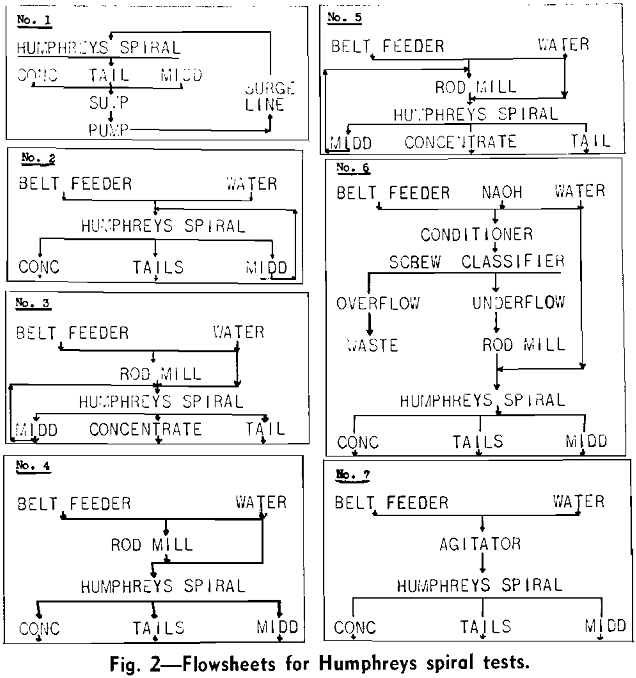
A new method for concentrating the flake mica either from present washing plant tailings or from new feed has been developed. In this paper, flake mica refers to that which occurs in weathered granites, alaskites, pegmatites, and schists in a form too fine to be considered sheet mica. It ranges in size from 1 in. […]
High Efficiency Desliming Cyclone
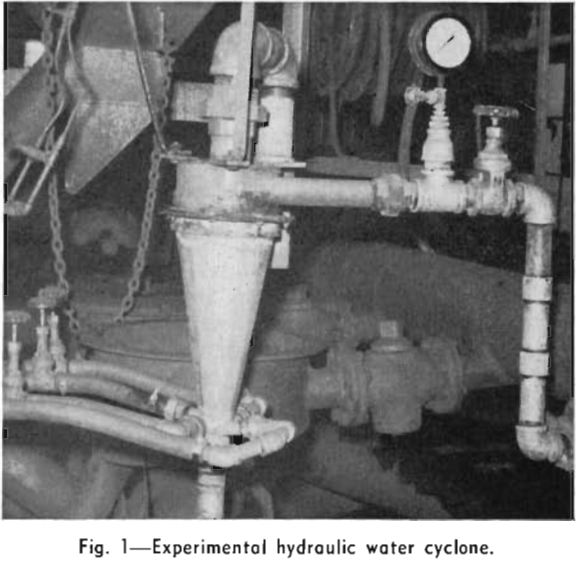
Ordinarily slimes have been classified as ranging from 75 microns, or 200 mesh, down to colloidal dimensions of less than one micron. At the same time there is general agreement that the most troublesome slimes are primarily clays, silts and extreme fines, so that the actual top size may be placed at approximately 30 to […]
Extractive Metallurgy of Aluminum

Metallic aluminum is not found in nature, but the oxides, hydroxides, and especially the silicates are plentiful. The estimated percentage of aluminum in the crust of the earth is about 8 pct while that of iron is about 5 pct. By far the larger portion of this is combined with silica in the form of […]
Geology Silver Lead Zinc Deposits
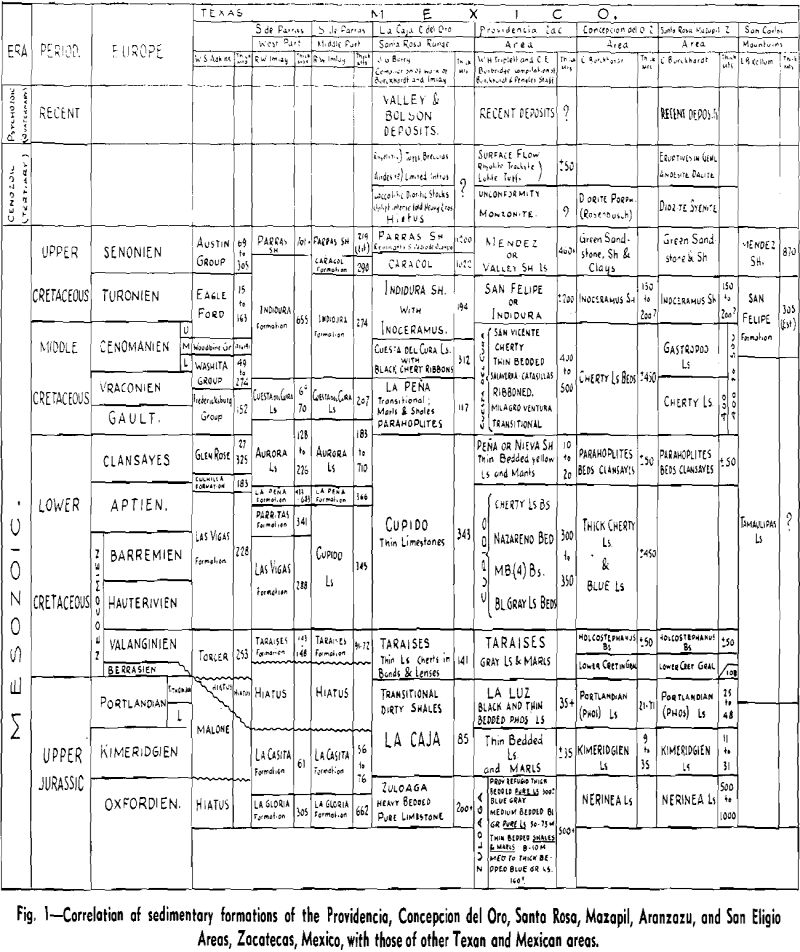
The Avalos unit of the Compania Minera de Penoles, S. A., operates the Alicante, Bonanza, Providencia, Albarradon, San Eligio, Nazareno, Leona, Salaverna, and Santiago mines situated between Avalos rail-road station and Concepcion del Oro on the Coahuila and Zacatecas railroad in the State of Zacatecas, Mexico. Some of these mines are within Penoles property while […]
Effect Starch on Quartz and Hematite Suspensions
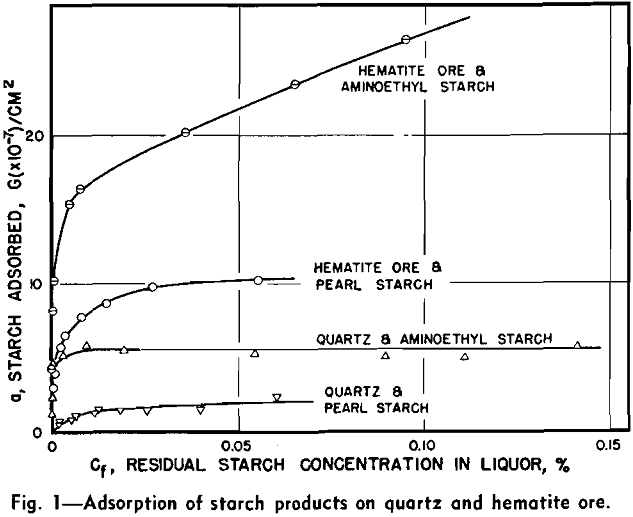
During the course of an investigation of the effects of various starch products on hematite and quartz in regard to their separation by flotation, it was found that whereas most starches flocculated suspensions of hematite in water, they did not flocculate similar suspensions of quartz. However, a derivative of whole corn starch containing approximately one […]
Electrolytic Zinc
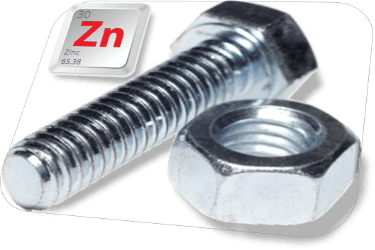
I want to emphasize the point brought out: if solutions are absolutely pure, the tank-house troubles are very few. If you have one part in two million of antimony, you will have trouble, and lots of it, in the cell room; that is about the gage you might take of the degree of purity to […]
How to Remove Silver from Lead Bullion
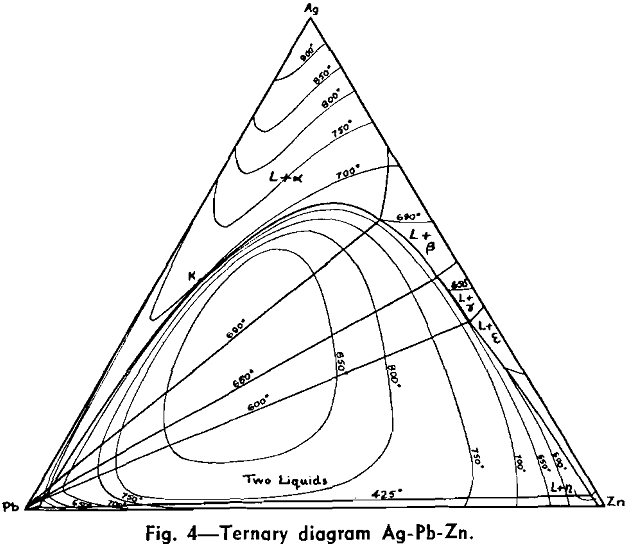
In 1947 the author became interested in the fundamental aspects of the desilverizing of lead by zinc, conducted some experimental work, and searched the technical literature for all available fundamental data. Since then a revival of interest in the subject in Europe resulted in the appearance of quite a number of papers. It became evident […]
How to Control Dust in Crushing Plant
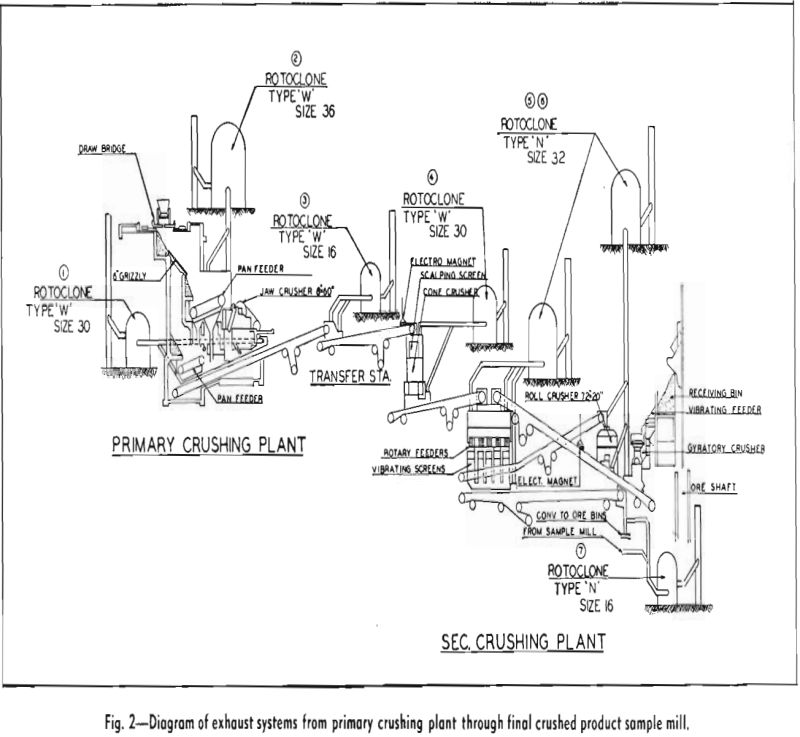
In 1947 an Industrial Hygiene Department was organized to represent and assist the four western mining divisions in industrial hygiene problems. Department headquarters are located at the Utah Copper Division, Magna Plant, Magna, Utah, with a branch office at the Chino Mines Division, Hurley, N. M. The headquarters staff includes a director, a department secretary, […]
